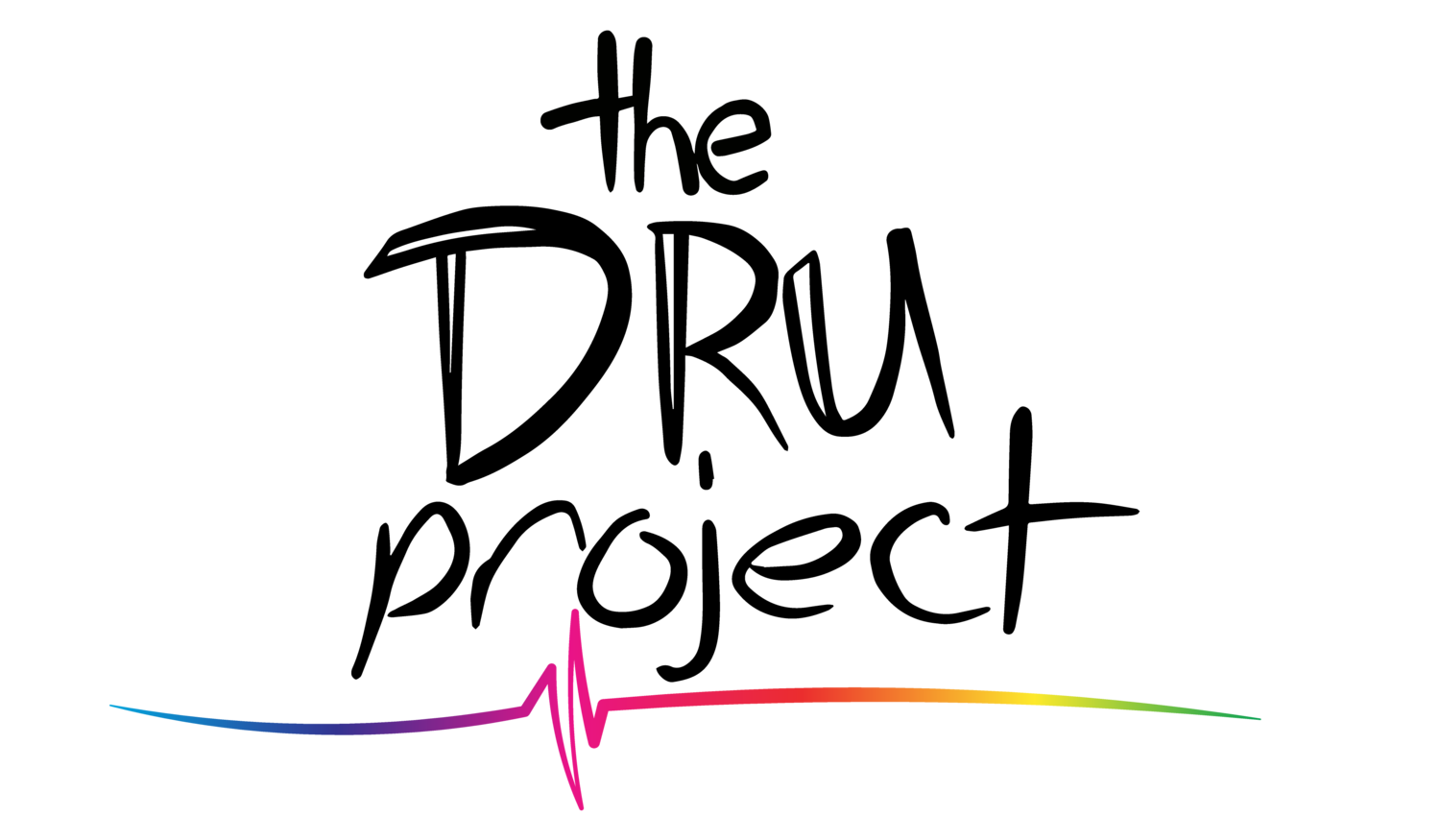Here is one of our finalist essays. We hope you enjoy reading it as much as we did!
The Jewish principle of tikkun olam, which states that it is every individual’s responsibility to help repair the world for the next generation, has guided my college career. At Lafayette College, I have worked to repair our campus by making it safer and more inclusive for LGBTQ+ students.
With this goal in mind, I attended a Safe Zone training my freshman year of college, hoping to get more involved with the LGBTQ+ community on campus. The Safe Zone program was sponsored by the Gender & Sexuality office and peer-led, with the goal of teaching students about LGBTQ+ issues and allyhood. During the three-hour training that night, though, I was increasingly disappointed. The content was dry and lacked organization; it relied too much on heavy, academic language that made the issues seem abstract and inaccessible, when in reality they were still relevant to our campus. As someone who was struggling to come out at Lafayette, I knew there was a heteronormative campus culture, but Safe Zone wasn’t tackling those issues. Worst of all, Safe Zone trainings were only reaching students who were already interested in social justice issues, not the students who actually needed to learn about allyhood.
Despite the Safe Zone program’s weaknesses, I learned that night that I could be an employee in the Office of Gender & Sexuality. I sent an email to the Dean immediately, thrilled that I could work in an office that was providing resources to feminist and LGBTQ+ activism on campus. Within a week, I was hired and assigned to work as a Safe Zone coordinator.
In my first semester as a coordinator, I set out to overhaul the program. This meant that I had to first rewrite the curriculum; it had to be engaging, so I took gender and sexuality theory and put it into plain language. I also made the material interactive so that students were actively working with LGBTQ issues through quizzes, dialogues, and role play throughout the trainings. Through these exercises, students began to see how heteronormative systems affected their lives and how they could fight those systems. Most importantly, I made the training intersectional- I showed how sexuality is shaped by other systems of oppression, and challenged my peers to think outside of the binary.
Lastly, I began to conduct outreach to groups who weren’t actively searching for the Safe Zone program- the people who were most likely to benefit from such a training. My main focus was Greek Life, an institution on Lafayette’s campus which was still entrenched in homophobia and the gender binary. In order to make Safe Zone more appealing, I created a separate training specifically for Greek Life and provided concrete steps fraternities and sororities could take to make their organizations more inclusive and welcoming.
By the end of the semester, I had trained hundreds of students and the Safe Zone program had expanded. The number of students and Greek Life organizations which were requesting trainings for the following semester had grown so dramatically that the Office of Gender & Sexuality had to double the size of the trainings- even then, we still weren’t able to meet the demand.
Ultimately, after a year and a half of directing the Safe Zone program, I chose to take a leave-of-absence in the Fall 2016 semester to work for the Clinton campaign. While my activist work on campus was deeply important to me, I felt I could do the most good by working for a candidate who had pledged to protect and expand LGBTQ+ rights. Before I left, however, I was able to hire and train five new Safe Zone coordinators who have continued to grow the program with their creativity and passion. This is the epitome of tikkun olam- these coordinators will give the next classes guidance and continue to expand a program which is actively improving Lafayette’s campus. I’m grateful to have had the opportunity to do my part to make Lafayette a more loving home and to have gained skills which will undoubtedly aid my activism in the future.

